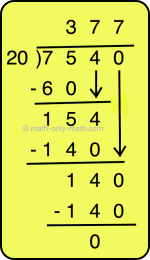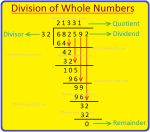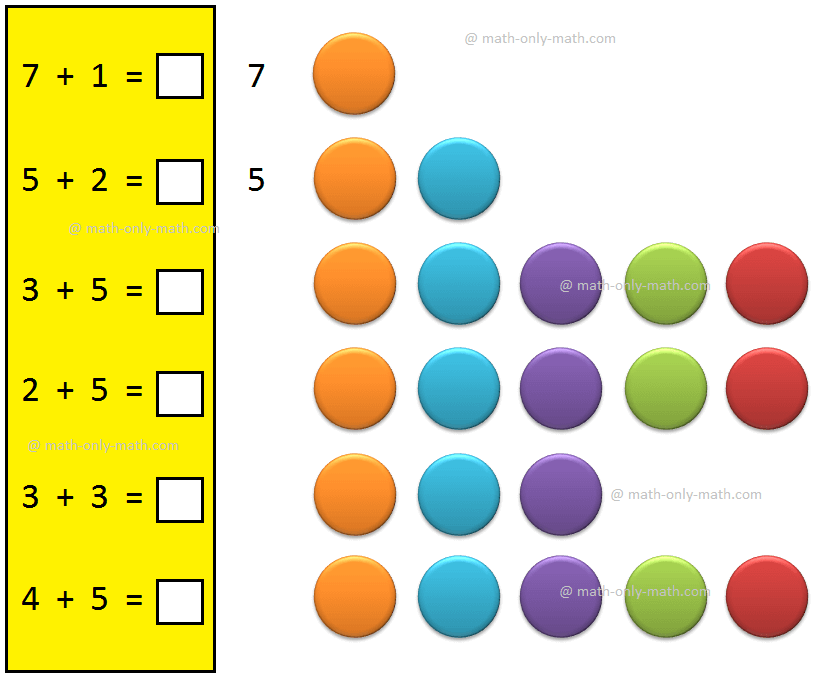Difference Between Equation and Inequation
What are the basic differences between equation and inequation?
We have seen that equations are expressed by sign of equality and inequations are expressed by sign of inequality. We have also seen that a linear equation has one root and quadratic equation has two roots. The equation, after simplification of terms, will show that the maximum power of the variable is equal to the variable is equal to number of roots. As the maximum power of x^2 + x - 2 = 0 is 2, so it has two roots namely 1 and -2. So, we see that the number of roots of an equation is definite but it is not true for inequation.
As for example, the inequation x < 5 is satisfied for any value of x less than 5, and the number of numbers less than 5 is infinite. Similarly, the inequation 2x – 3 ≥ 5 holds for an infinite number of values of x. Hence an inequation is satisfied by an infinite values of the unknown quantity. The set of values for which an inequation is satisfied is called the solution set of the inequation.
Note: An inequation with a given condition may have a finite number of solutions.
For example, for a positive integer, x ≤ 5 has the solution 1, 2, 3, 4, 5.
Hence we can denote the solution set of the inequation x ≤ 5 by {1, 2, 3, 4, 5}
Simple inequation: If an inequation contains an known quantity of power one only, it is called a simple inequation.
5x + 7 > 10, 6x – 8 ≥ 23, 5x + 3 ≤ 12 etc. Are simple inequations.
From Difference Between Equation and Inequation to HOME
Didn't find what you were looking for? Or want to know more information about Math Only Math. Use this Google Search to find what you need.
Recent Articles
-
Word Problems on Division | Examples on Word Problems on Division
Mar 13, 25 01:01 PM
Word problems on division for fourth grade students are solved here step by step. Consider the following examples on word problems involving division: 1. $5,876 are distributed equally among 26 men. H… -
Division of Whole Numbers |Relation between Dividend, Divisor Quotient
Mar 13, 25 12:41 PM
Relation between Dividend, Divisor, Quotient and Remainder is. Dividend = Divisor × Quotient + Remainder. To understand the relation between dividend, divisor, quotient and remainder let us follow the… -
Adding 1-Digit Number | Understand the Concept one Digit Number |Video
Mar 07, 25 03:55 PM
Understand the concept of adding 1-digit number with the help of objects as well as numbers. -
Vertical Addition | How to Add 1-Digit Number Vertically? | Problems
Mar 07, 25 02:35 PM
Now we will learn simple Vertical Addition of 1-digit number by arranging them one number under the other number. How to add 1-digit number vertically? -
13 Times Table | Read and Write Multiplication Table of 13|Times Table
Mar 07, 25 02:33 PM
In 13 times table we will learn how to read and write multiplication table of 13. We read thirteen times table as: One time thirteen is 13 Two times thirteen are 26 Three times thirteen are 39






New! Comments
Have your say about what you just read! Leave me a comment in the box below. Ask a Question or Answer a Question.